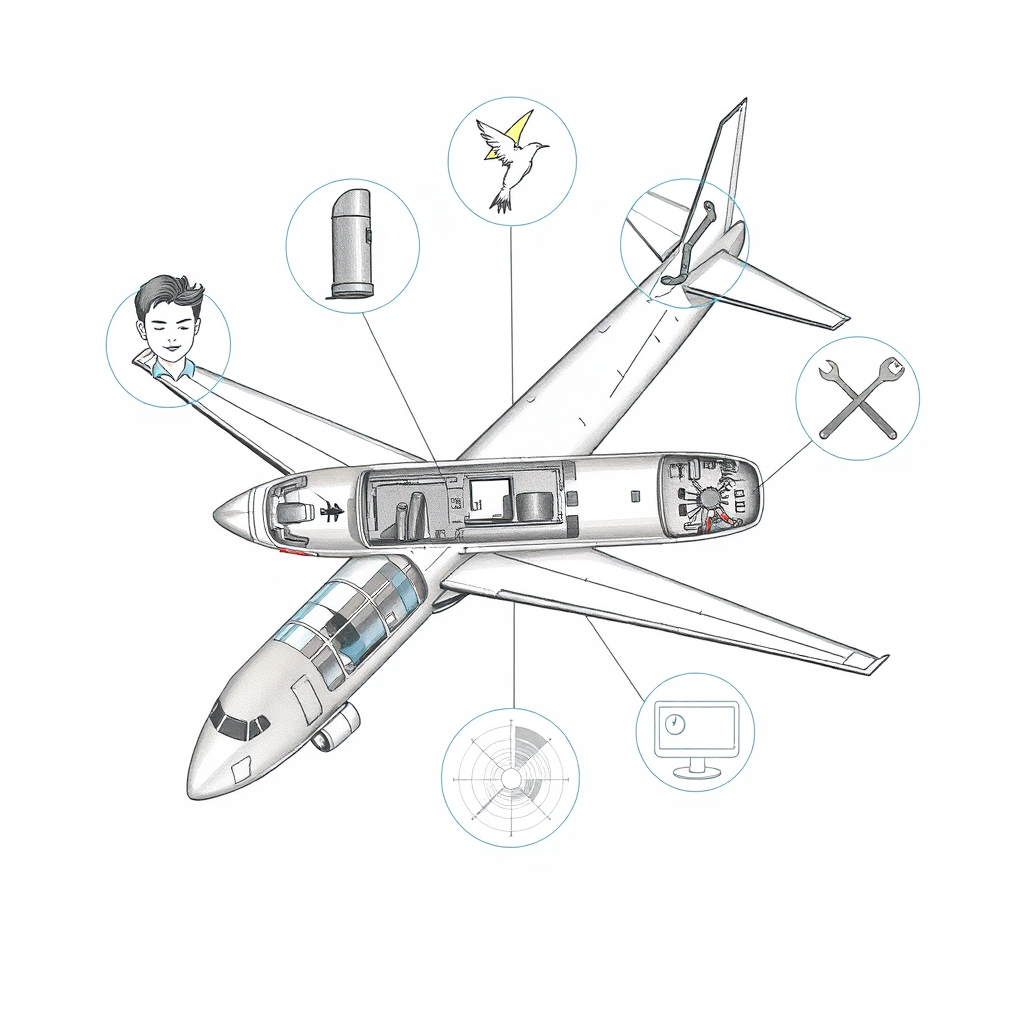Aviation Accidents Revealed Top Causes and Risks

Despite being statistically the safest form of travel, aviation accidents, while infrequent, demand rigorous examination. Thousands of flights occur daily without incident, but when failures do occur, the consequences can be devastating. Understanding the root causes isn’t simply an exercise for industry professionals; it’s crucial for informed passengers and a public that entrusts their lives to the complex systems governing air travel. Investigations, lawsuits, and legislative changes frequently follow accidents, highlighting the need for continuous improvement and accountability.
While many assume technical malfunctions are primary drivers, the reality is more nuanced. Human factors, weather conditions, and mechanical failures all contribute significantly to aviation incidents. It’s a sobering thought that even with increasingly sophisticated safeguards, preventable accidents still happen.
Pilot error remains the leading cause. Despite extensive training, pilots are fallible. Fatigue, miscommunication, distraction, poor judgment in adverse weather, or simple mistakes during critical phases of flight – like takeoff and landing – can have catastrophic consequences. The industry rightly prioritizes pilot training, adequate rest, and ongoing assessment of mental fitness.
Mechanical failure, though less common due to stringent maintenance protocols, remains a persistent concern, particularly with older aircraft. Engine failure, landing gear malfunctions, or faulty sensors can all compromise flight safety. While regular inspections and quality control mitigate the risk, defects in manufacturing or lapses in maintenance can still occur.
The unpredictable nature of weather presents a constant challenge. Thunderstorms, strong winds, lightning, fog, and icing conditions can all jeopardize an aircraft’s safety. Modern aircraft are equipped to handle many weather conditions, but sudden and unexpected phenomena like wind shear or microbursts can overwhelm even experienced pilots. Comprehensive weather training is, therefore, a cornerstone of pilot education.
Air traffic control errors, while rare, can have grave consequences. Miscommunication, distraction, or incorrect information can lead to near misses or collisions. Shared responsibility between pilots and controllers is often a factor, underscoring the importance of clear and consistent communication protocols. Aviation authorities continually refine these systems to minimize human error on the ground.
Surprisingly, bird strikes are a significant cause of incidents. A bird impacting an engine or windshield can impair aircraft functionality. The “Miracle on the Hudson” serves as a stark reminder of the potential danger, resulting from a flock of geese entering the engines. Airports employ various strategies, including radar detection and trained falcons, to deter birds from runways.
Fuel-related problems, though rare, can also lead to accidents. Miscalculations, miscommunication, or fuel leakage can all contribute to engine failure. Strict fuel planning protocols are in place, but errors can still occur. Regular fuel quality checks are a vital part of aircraft maintenance.
What’s encouraging about aviation is the industry’s commitment to learning from every incident. Accidents are meticulously analyzed to identify contributing factors and implement corrective measures. This dedication to safety, coupled with ongoing technological advancements, is why flying remains remarkably safe.
Ultimately, understanding the causes of aviation accidents isn’t just for industry insiders. It’s for anyone who steps onto an airplane, entrusting their life to a complex system that works tirelessly to ensure safe skies. A little knowledge fosters a greater appreciation for the dedication and expertise that underpin every flight.